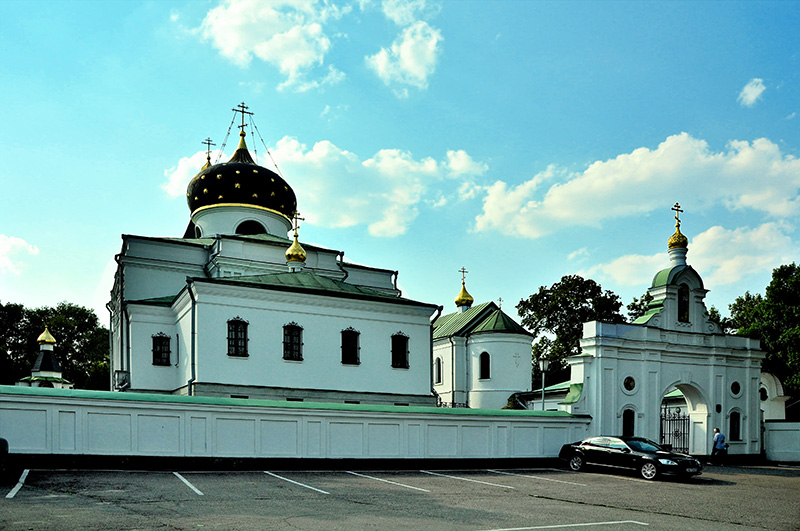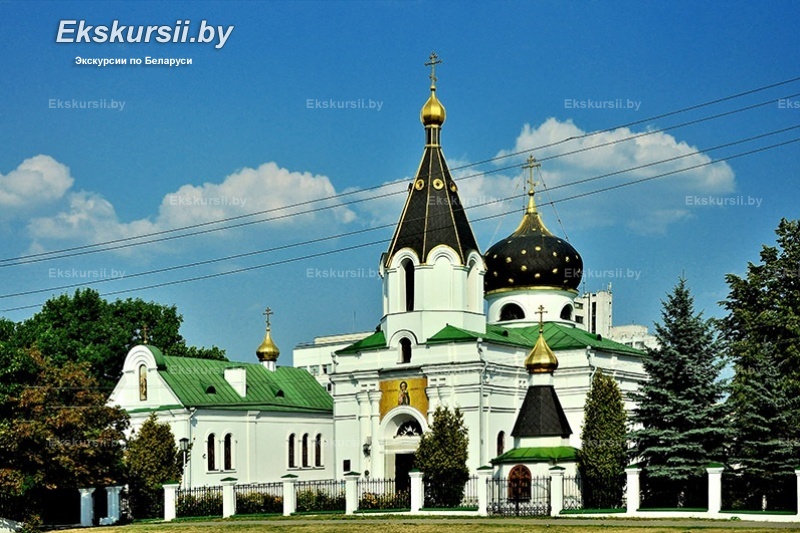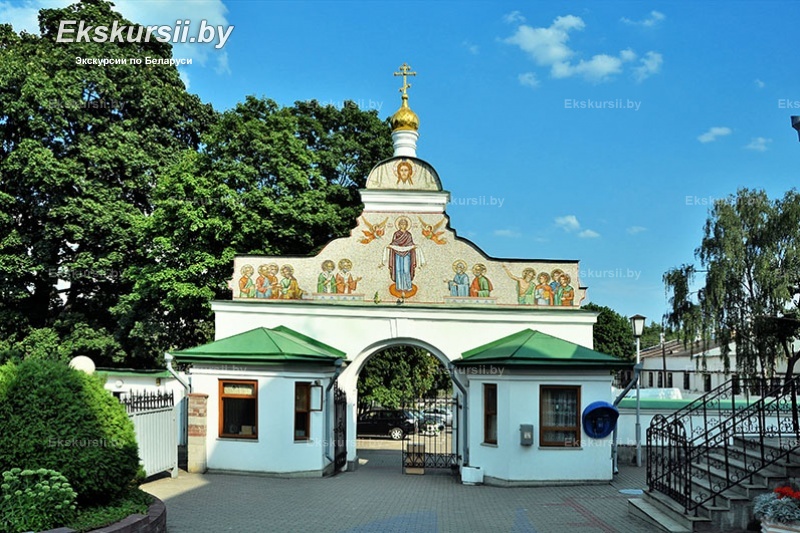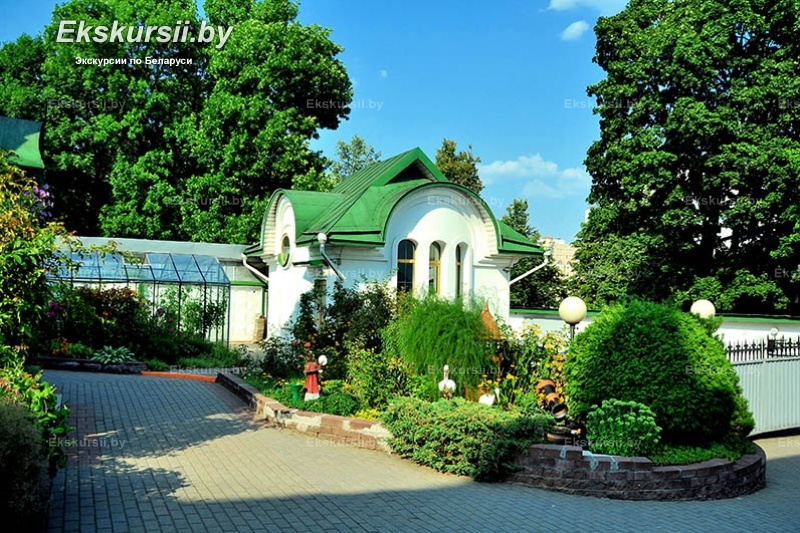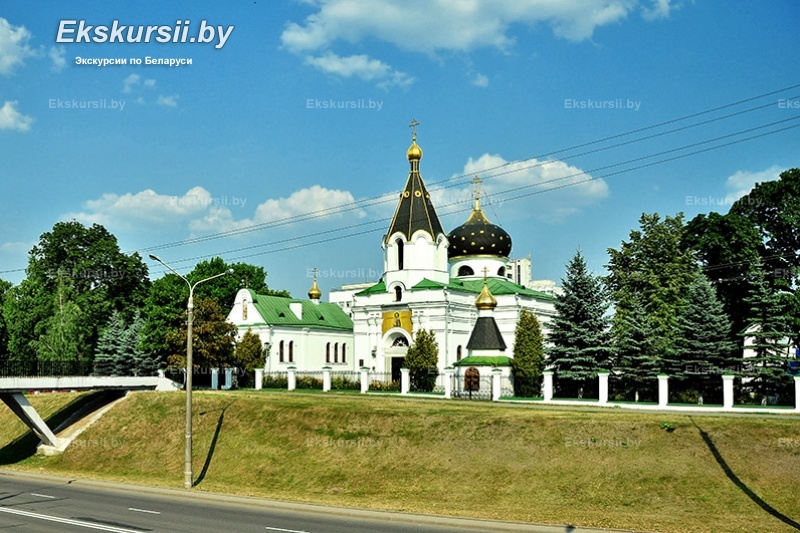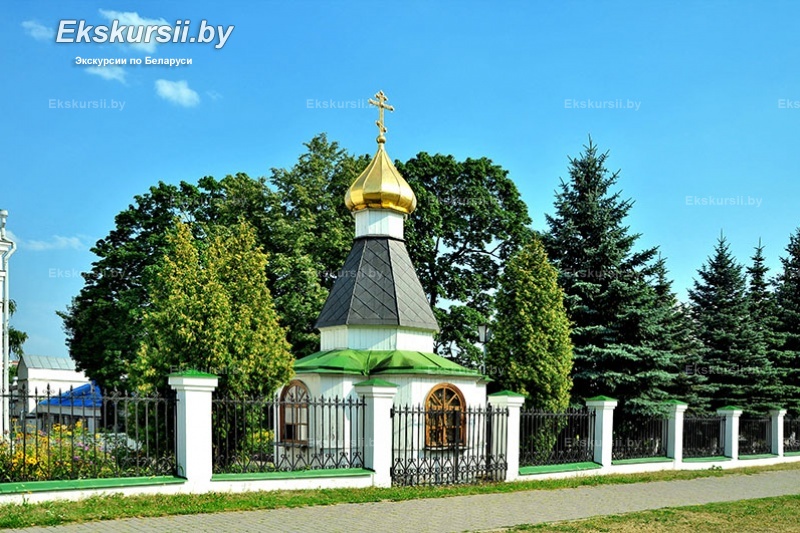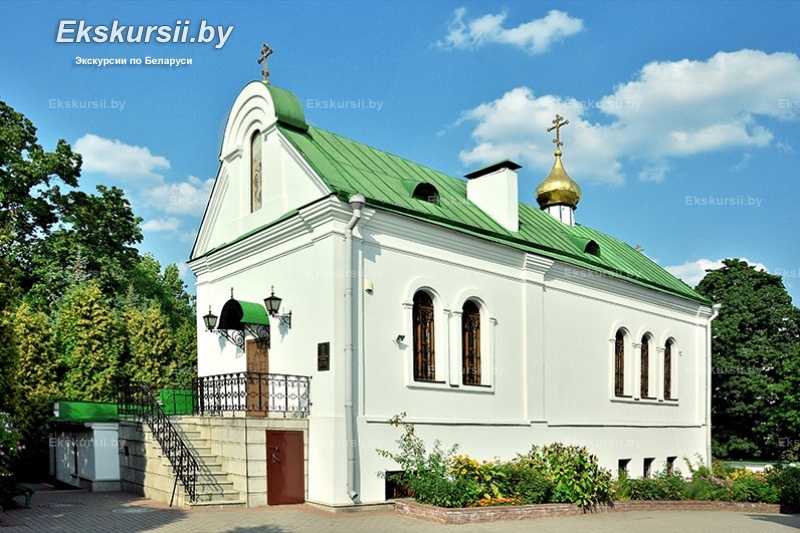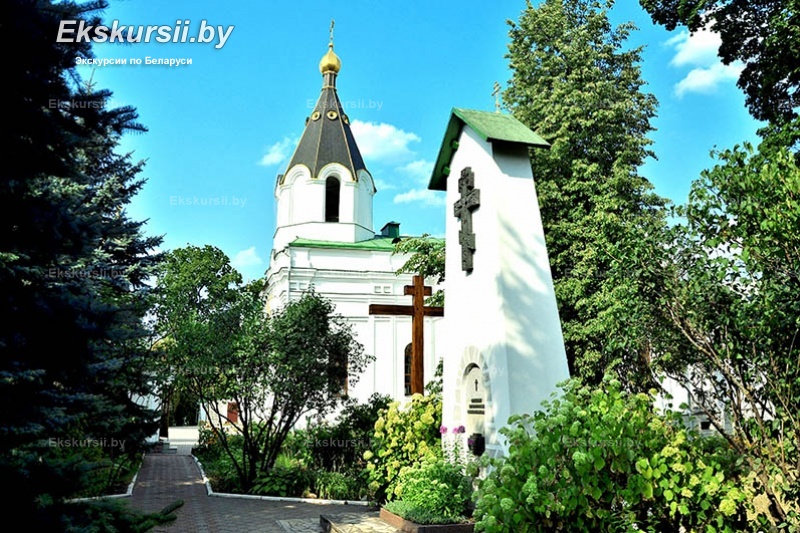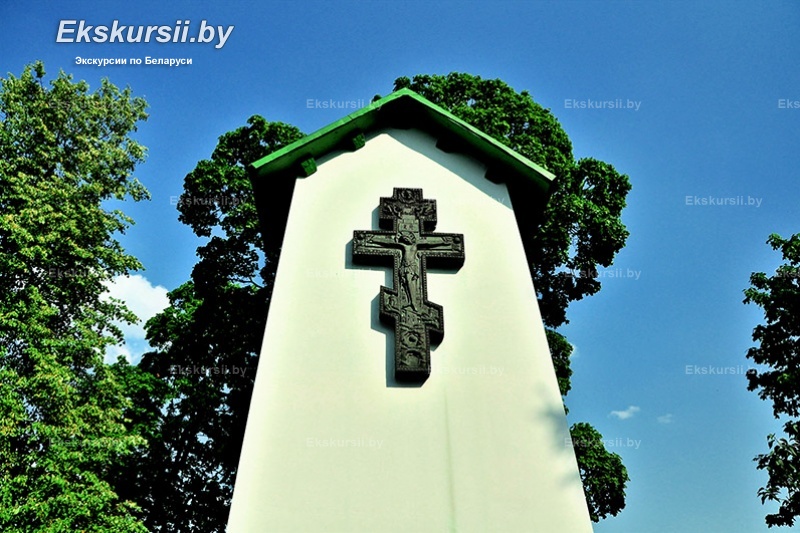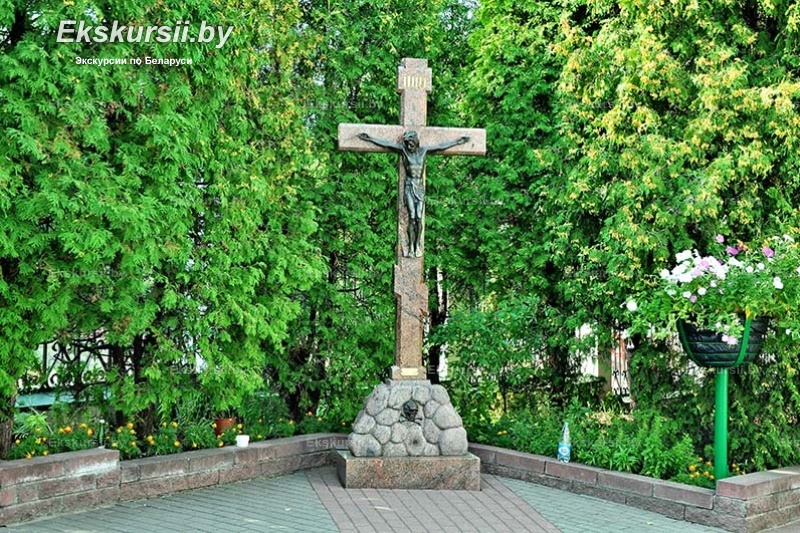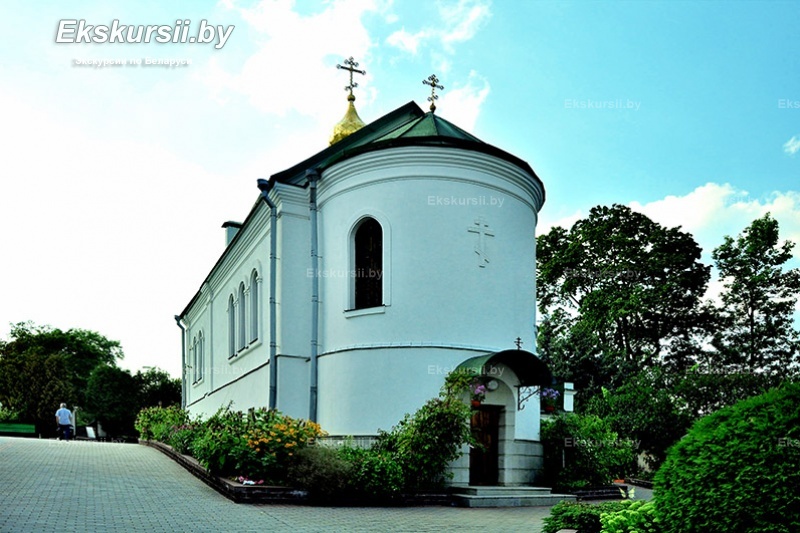History
The stone church was built in 1847, replacing a wooden chapel from the early 19th century. The construction was initiated by Archbishop Mikhail Golubovich, a key figure in the reunification of the Uniate and Orthodox Churches. The building process was overseen by Archpriest Pyotr Yelinovsky.
Over time, a full parish complex developed around the church, including a shelter and a school. However, the 20th century brought hardship: following the revolution, the church was stripped of its religious property and repurposed multiple times. In the postwar era, it housed the State Archive of Film and Photo Documents, and only in 1990 did it return to its religious function. That same year, a relic of Saint Mary Magdalene was solemnly brought here during a religious procession.
Architecture
The church is built in the Russo-Byzantine style, harmoniously combined with classical features typical of the transitional period from individual design to standard religious architecture. Its volumetric composition, dome on a massive drum, decorated facades and arched openings create a majestic yet balanced image. The architectural ensemble is completed by the Storozhevskaya Gate and the Church of John the Forerunner, forming a vivid historical nucleus of the district.
The church is known for its relics, including a myrrh-streaming icon of Saint Nicholas that revealed a miracle in 2002, and a cross with relics of saints, gifted by Patriarch Alexy II.
Excursions
The Church of Saint Mary Magdalene is a notable stop on an individual tour of Minsk. We offer custom itineraries that include this temple as part of a broader spiritual and cultural journey through the city. Learn about the church's turbulent past, its sacred relics, and its importance in preserving Orthodox traditions in Belarus.
